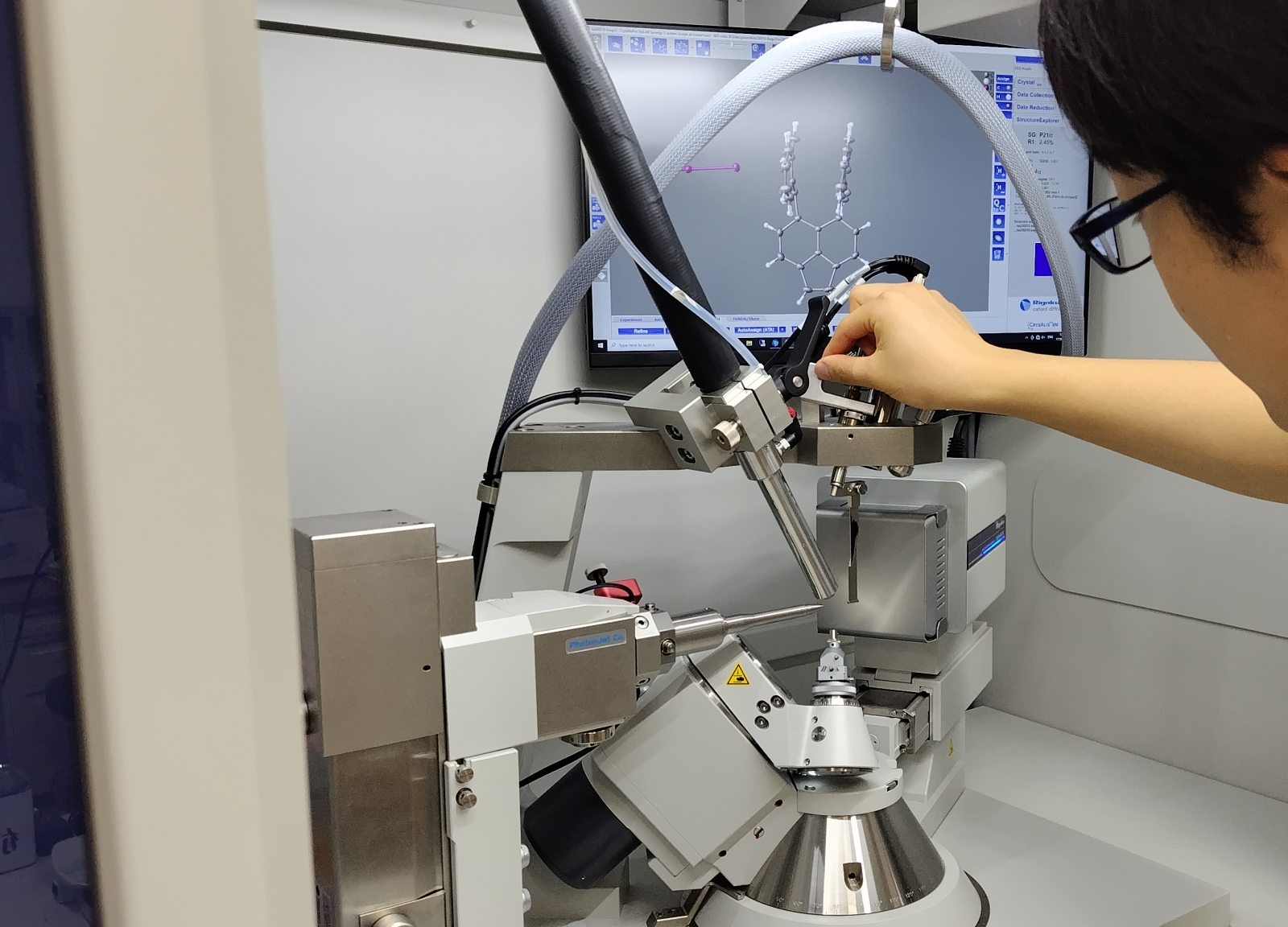
On the upcoming July 12, the European Parliament will decide the fate of one of the most ambitious initiatives in support of European nature, the Nature Restoration Law, a legislative proposal aimed at restoring European natural habitats. Now more than ever, it is crucial to defend this law and push for its approval.
In Italy, the Manifesto for the Nature Restoration Law has been published, an initiative that has so far received the support of over 150 associations, 4,000 scientists, dozens of large companies, and over one million signatures from individual citizens (here is the registration form).
Image credits: JD design - Unsplash
Making the protection of nature and the restoration of habitats a legal obligation: this is the purpose of the new European regulation proposal, the Nature Restoration Law. An ambitious proposal, but crucial for making the European Green Deal something concrete. The Nature Restoration Law aims to use legislative tools for the restoration of degraded ecosystems, to stop the loss of biodiversity, and to ensure future generations benefit from the ecosystem services it provides.
The proposal follows the logic of the European 2030 Biodiversity Strategy. It aims by 2030 to implement restoration measures in at least 20% of European terrestrial and marine zones, ideally requalifying all degraded ecosystems by 2050. Particularly, the law explicitly refers to riverine, forest, urban, and agricultural ecosystems: aiming to reduce barriers limiting river connectivity, increase carbon stocks through more careful forest management, make fishing more sustainable, and decrease pesticide use in agricultural environments. The goal is to increase urban greenery and diversify cultivated areas, thus favoring butterflies, pollinators, and birds (important bio-indicators of environmental quality), as well as the mineralization of soils now made less productive by indiscriminate use of fertilizers and intensive monocultures.
The Nature Restoration Law emerged from a lengthy consultative phase between the European environmental commission and various stakeholders, following the 2021 publication of the European Strategy for Biodiversity 2030. The previous strategy achieved modest results: 81% of European habitats are declining, and only 27% of animal and plant species have a satisfactory conservation status. European nature currently relies on the legislative support of two fundamental instruments: the Habitats Directive and the Birds Directive, protecting over 460 species of wild birds, 1,389 animal and plant species, and 233 types of habitats considered of community importance. For the listed species and habitats, States must ensure a satisfactory conservation status, meaning conditions exist today and in the future for the species or habitat to be healthy, with stable or expanding populations.
The Nature Restoration Law operates within the framework of these two directives, but adds the obligation to restore what is compromised. On July 12, the verdict will be out: the European Parliament will vote on the approval of the regulation proposal, but the outcome is anything but certain. The draft was published by the EU Environment Directorate on June 22, 2022, but was immediately strongly contested by the right-wing members of the European People's Party (EPP), who see it as a dangerous threat to the development of the community's agricultural economy, forcing, in their view, farmers to abandon productive lands, leading to increased costs and difficulties in distribution chains, ultimately threatening food security. The EPP has presented over 2,000 amendments to the law and is supported by other conservative parties like Identity and Democracy (ID), European Conservatives and Reformists Group (ECR). The Parliament's Fisheries and Agriculture Committees have also expressed opposition to the Nature Restoration Law. In favor of adopting the new regulation are environmental NGOs, the European left, universities and research centers dealing with nature, but also numerous companies. On June 15, the vote at the European Parliament's Environment Committee ended in a tie, with 44 votes in favor and 44 against. The same outcome occurred in the votes on June 27. A tie that on one hand prevented the law's rejection as desired by the right, but still leaves suspense for approval.
In Italy, the Manifesto for the Nature Restoration Law has been published, an initiative that has so far received the support of over 150 associations, 4,000 scientists, dozens of large companies, and over one million signatures from individual citizens (here is the registration form). "The Nature Restoration Law is an opportunity that really cannot be missed. For all this, we turn to the European Parliament and all institutional and political actors in the field asking them to firmly support the approval of the Nature Restoration Law as an extraordinary opportunity for the rebirth of nature and European communities," reads the Manifesto. "The Nature Restoration Law is the greatest opportunity to regenerate Europe's nature and ensure sustainability, future, and well-being for its citizens.[…] In addition to the benefits for biodiversity, many others are added, of no lesser importance: the contribution to the climate crisis in terms of adaptation and mitigation, a healthier territory and thus less subject to floods, droughts, and other disasters, better conservation of natural capital and the ecosystem services it produces, a great contribution to the quality of life and the psychophysical health of citizens."
If the regulation is approved, member states will have a maximum of two years to present their national restoration plans to the Commission, which will include habitat requalification strategies and monitoring plans to verify progress. The European Environment Agency will work on data collection and structuring guidelines to support the regulation's implementation.
Voting in favor of a law for environmental requalification means sending a strong signal of wanting to move from fine words to deeds. The meager outcomes of the global biodiversity strategy and the European plan show that it is not enough to write declarations of intent on paper to achieve goals. While we talk or write about the need to stop biodiversity loss and combat climate change, time passes and the situation degrades. Ecosystem functioning guarantees us the services on which our very existence depends. If we continue to be driven by greed and the everything now mentality, we will continue to procrastinate the necessary changes to ensure future generations a sustainable life, as well as to run after emergencies, to be indignant in the face of the umpteenth environmental disaster more than announced by scientists, to try to plug the holes of a colander. It's time for courageous choices, which might lead to an apparent decrease in short-term profits, but will guarantee a future for us and the other living beings that share this planet with us.


